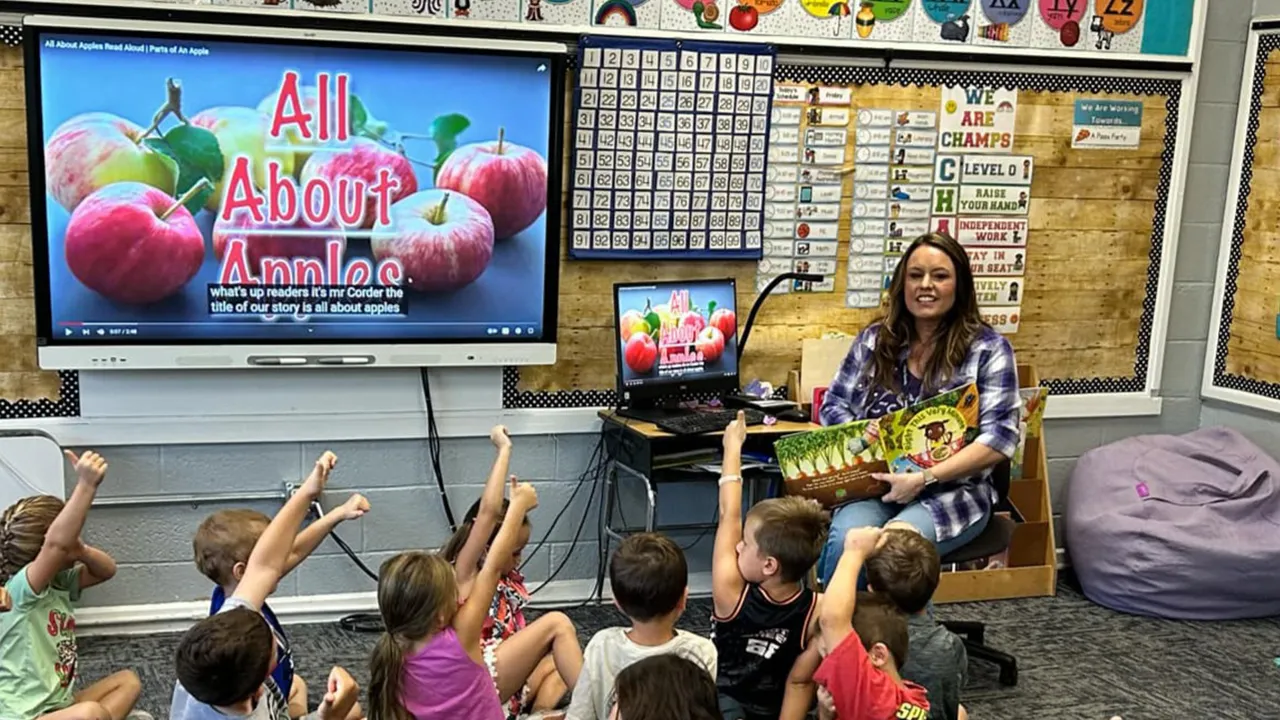K-State graduate increases learning success in her students with agriculture-based activities like growing their own lunches or hatching chicks.
Would you rather open a textbook and read about the process of hatching chicks, or witness firsthand the fluffy babies coming to life?
If you asked an elementary student, the answer would most certainly be the latter. In Kelsy Sproul’s kindergarten classroom at Sedan Elementary School, students learn about agriculture in fun and tangible ways.
Sproul is a graduate of Kansas State University who is currently earning her doctorate while teaching. She has a strong affinity for education and agriculture and is thrilled to combine the two.
She goes above and beyond for her students, working inside and outside of the classroom. That’s just one of the many reasons she received the Kansas Foundation for Agriculture in the Classroom’s 2026 Teacher of the Year award.
Engaged in agriculture
For Sproul, who started college at 35 years old as a first-generation student, K-State’s education program inspired her to dig into new approaches to behavior management.
She noticed that when she incorporated agriculture into the classroom, young kids were not only extremely engaged but also showed significant behavior improvement. Since she’s been a teacher at Sedan, her students’ reading and test scores have improved notably.
“If you put agriculture into the mix and teach based on student experiences, then they can focus more on their writing and reading because they’re confident about the content,” Sproul says.
Sproul uses many agricultural demonstrations to explain real-world processes like hatching chicks to explain bird reproduction and building gardens for a farm-to-plate experience.
“All of the students were able to plant their own lettuce seeds and then eat it out of our cafeteria,” Sproul says. “This helped create better eating habits, too. It makes students more conscious of the food they put in their body.”
Agricultural importance
Originally, Sproul only taught agriculture to kindergarten students, but she’s now extended the learning experience to the rest of the elementary school classes.
“Every person needs to know where their food comes from,” Sproul says. “And not only where their food comes from, but also how much of the things we use on a daily basis are products of agriculture.”
By Kate Ellwood
Curated from: Teacher of the year plants seed of agricultural literacy



